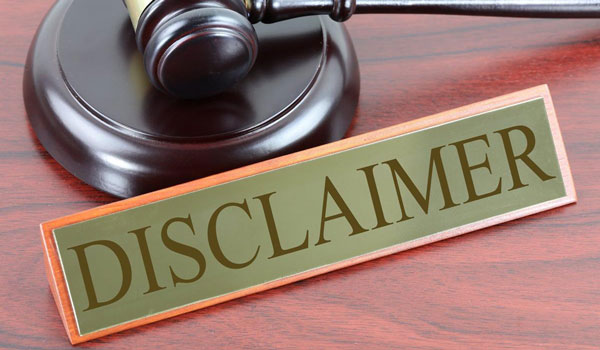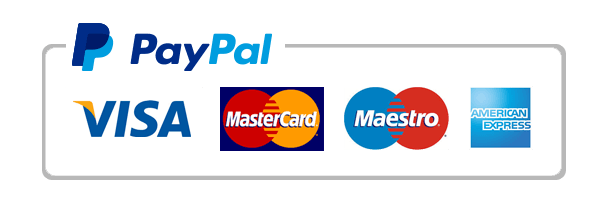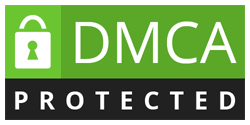Discuss the Market Value of Common Equity
Weekly tasks or assignments (Individual or Group Projects) will be due by Monday, and late submissions will be assigned a late penalty in accordance with the late penalty policy found in the syllabus. NOTE: All submission posting times are based on midnight Central Time.
Key Assignment
Your final assignment as a financial management intern is to apply the knowledge that you acquired while engaging in the cost of capital and capital budgeting discussion you had with your colleagues. In this task, you will be evaluating a capital project using the weighted cost of capital for a firm using the market value rather than the book value of the components and the capital budgeting techniques presented in this phase.
First, recalculate the weighted average cost of capital (WACC) using the market value of equity to determine are more realistic cost of capital. You will need to visit a Web site to get the current value of the common stock price per share and multiply this value times the most recent number of shares of common stock outstanding. In this exercise, you will be ignoring preferred stock because its weight value will most likely be too low to impact the final result. You may use the following table to complete this portion of the task:
| Company | Common Stock, price per share | Number of Common Shares Outstanding | Market Value of Common Equity |
Now, you can estimate the total market value of the company by adding the book value of total liabilities to the market value of the firm’s common equity and determine their market value weights.
| Company | Total Liabilities | Market Value of Common Equity | Market Value of the Firm |
| Values | |||
| Weights |
Using the cost of each component as determined in the Phase 4 IP, calculate the firm’s market value WACC.
| After-Tax Cost of Debt | Cost of Common Equity | WACC | |
| Unweighted Cost | |||
| Market Weight of Component | |||
| Market Weighted Cost of Component |
The firm is considering investing in a capital project that will have an initial cost of $12 million. The project is expected to have a productive life of 5 years, and at the end of this period, it is expected to have a salvage value of $2 million. The net value of the project will be depreciated using the straight-line method for the full 5 years. The project is expected to increase the firm’s revenue by $10 million per year, and related expenses (not including depreciation) are expected to increase by about $6.5 million per year.
The first thing you need to do is calculate the annual depreciation. Feel free to use the following table:
| Initial Investment | |
| less Salvage Value | |
| Depreciable Value | |
| Life of Project (years) | |
| Depreciation/year |






